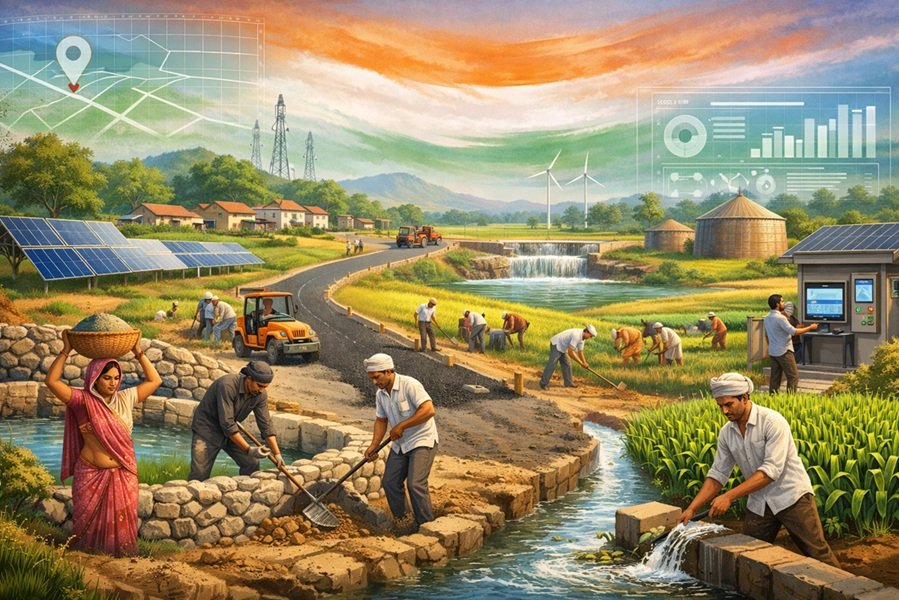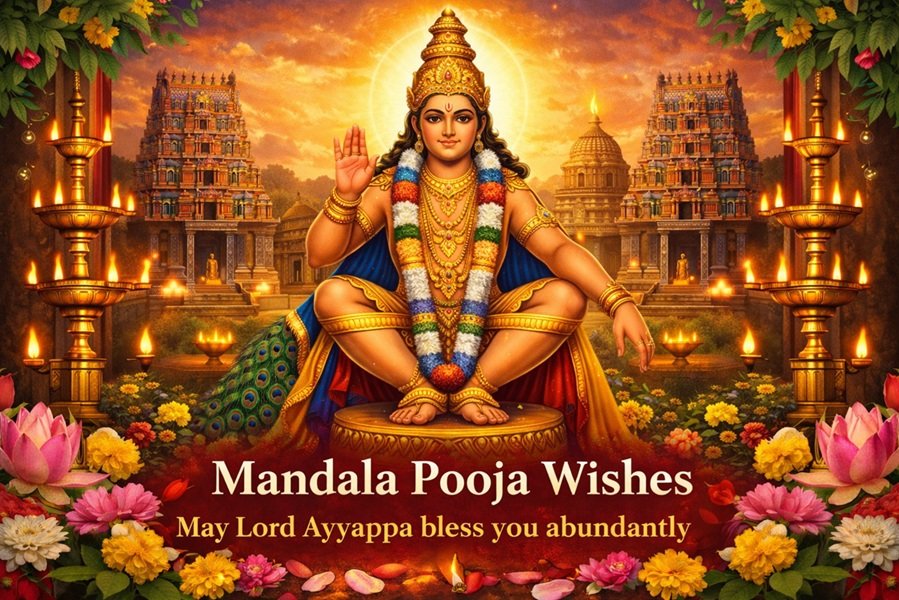
In several parts of India, especially in the Southern and Eastern states, the onset of menstruation — known as menarche — is not merely a biological milestone but a significant cultural and social event. These celebrations, known as Ritu Kala Samskara or Ritushuddhi. Rooted in centuries-old traditions, these rituals mark a girl’s transition from childhood to womanhood, often celebrated with elaborate customs, community gatherings, and familial blessings.
While the idea of celebrating menstruation might seem unusual or even taboo in other parts of the world, these regional traditions stand out for their affirming, ceremonial approach to a natural biological process. States like Tamil Nadu, Karnataka, Andhra Pradesh, and Odisha have unique customs that showcase the diversity and depth of Indian culture.
Understanding Menarche Rituals: A Celebration of Change
Menarche celebrations, often called Ritu Kala Samskara, Tuloni Biya, or Raja Parba, vary from region to region but commonly involve acknowledging the girl’s entry into a new life phase — often seen as a step toward adulthood and fertility.
Why Are These Celebrations Important?
- 🌸 Normalizing Menstruation: In a society where menstruation is still stigmatized in many areas, these rituals offer a positive and open conversation around the topic.
- 💫 Empowerment: They aim to empower young girls by celebrating their changing bodies instead of shaming them.
- 👪 Cultural Preservation: These customs also help in preserving local traditions, passing them on from generation to generation.
Region-wise Traditions in India
1. Tamil Nadu – Ritu Kala Samskara / Sadangu
In Tamil culture, when a girl experiences her first period, families conduct a ceremony known as Sadangu or Manjal Neerattu Vizha. The event may include:
- Giving the girl a traditional silk saree for the first time.
- Inviting friends and family to bless the girl.
- Offering special meals and sweets to guests.
- A ritual bath with turmeric and other herbs to purify and bless the girl.
This is often followed by days of pampering, gifting, and family bonding.
2. Karnataka – Ritu Kala Samskara
Similar to Tamil Nadu, in Karnataka, the Ritu Kala Samskara is a rite of passage celebrated with rituals that highlight the girl’s growth and readiness for adult responsibilities.
- The girl is adorned in traditional attire and jewelry.
- Elders bless her with gifts and words of wisdom.
- Cultural performances or prayers may be part of the celebration, depending on the family’s background.
3. Andhra Pradesh and Telangana – Half Saree Ceremony
In these states, the Half Saree Function (Langa Voni Ceremony) is held not only for menarche but also during the teenage years as a symbolic transition:
- The girl is presented with a Langa Voni (half saree), which signifies her transformation into a young woman.
- The celebration includes music, rituals, family feasts, and blessing ceremonies.
- It is often treated with the grandeur of a small wedding.
4. Odisha – Raja Parba
Unlike the other individual-focused ceremonies, Raja Parba in Odisha is a three-day state-wide festival celebrating womanhood and menstruation as a symbol of fertility and renewal.
- The Earth is considered a woman, and her menstruation is symbolized during this time.
- Girls and women avoid household chores and are pampered.
- Swings, games, traditional foods, and folk dances add to the festive atmosphere.
This festival celebrates nature’s cycles and normalizes menstruation in a broader community context.
5. Assam – Tuloni Biya
In Assam, the celebration of a girl’s first menstruation is known as Tuloni Biya, also referred to as Toloni Biya, Nua-tulon, or Santi Biya. The term “Biya” in Assamese translates to “marriage,” and this ritual symbolizes a ceremonial wedding of the girl to mark her transition into womanhood. Conducted with great enthusiasm and community involvement, Tuloni Biya serves not only as a cultural celebration but also as an opportunity to educate the girl about menstruation, reproduction, and her changing body. During the ceremony, parents and neighbors offer prayers for her reproductive health and future well-being. However, the ritual also includes traditional seclusion practices, where the girl is kept away from men (even male family members), confined to a room, covered with a veil, and restricted to a diet—often only bananas. These customs, while symbolic and culturally significant, reflect a blend of reverence and taboo surrounding menstruation in the region.
Contemporary Perspectives: Embracing Culture While Promoting Awareness
While these rituals are celebrated with great enthusiasm in many communities, the modern outlook on menstruation calls for a balance between cultural reverence and scientific awareness.
- Educators and NGOs are increasingly promoting menstrual hygiene education alongside these traditional practices.
- Some urban families opt for simplified versions of the rituals that focus more on emotional support than ceremonial grandeur.
Still, these regional customs serve an important role in removing stigma and celebrating a natural process with positivity and pride.
Final Thoughts
The onset of menstruation is a deeply personal and significant moment in a girl’s life. The way it is acknowledged in Southern and Eastern India — with ceremonies, cultural pride, and family involvement — offers a unique lens into how tradition can be both empowering and inclusive.
By blending cultural significance with modern understanding, these practices highlight the potential of ritual to become a tool of celebration rather than shame. They remind us that menstruation is not just a physical transition but an opportunity for community, education, and empowerment.







